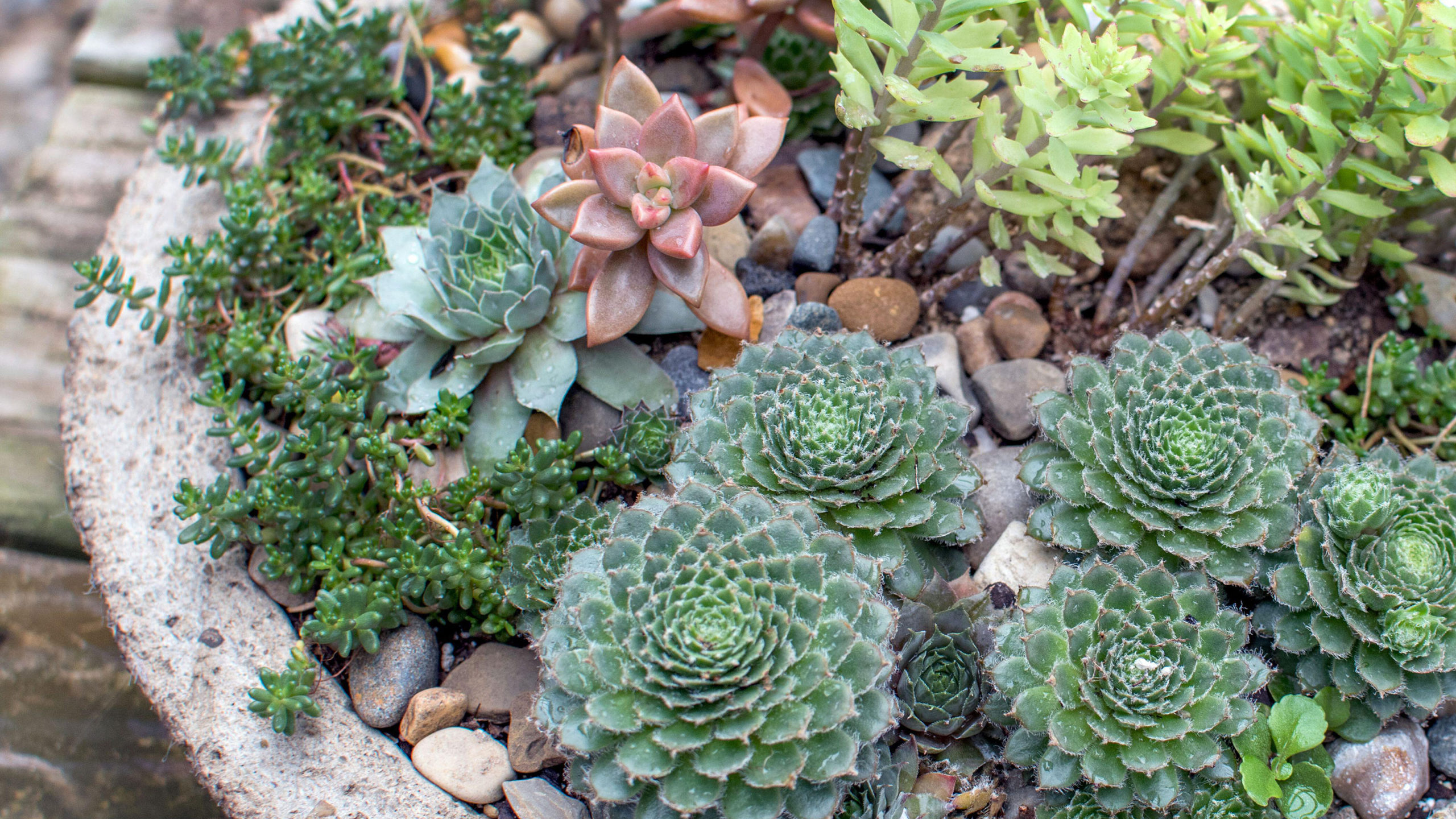Introduction
Creating a succulent garden offers a unique opportunity to cultivate a low-maintenance, visually stunning landscape that thrives in dry conditions. Succulents are prized for their fleshy leaves, resistance to drought, and diverse shapes and colors, making them ideal for both indoor and outdoor gardens. This article will guide you through everything you need to know to create a succulent garden—from choosing the right plants and soil to expert planting and care tips. Whether you’re a beginner or an experienced gardener, this comprehensive guide will help you design a sustainable, beautiful succulent garden that flourishes year-round.
Why Choose Succulents for Your Garden?
Succulents have surged in popularity due to their adaptability and aesthetic appeal. Here’s why they are perfect for your garden:
- Drought Tolerance: Succulents store water in their leaves, enabling them to survive long dry spells.
- Low Maintenance: They require minimal watering and care compared to traditional plants.
- Versatile Design: Succulents come in various shapes, sizes, and colors, allowing creative garden layouts.
- Pest Resistant: Their thick leaves deter many common garden pests.
According to the National Gardening Association, succulents have become one of the fastest-growing plant categories, reflecting their suitability for sustainable gardening.
How to Choose the Right Succulents
Selecting Species Based on Climate
Understanding your local climate is crucial. Some succulents prefer warmer, arid environments, while others tolerate cooler temperatures. Popular resilient species include:
- Echeveria: Ideal for sunny spots; known for rosette shapes.
- Sedum: Hardy and adaptable to various climates.
- Aloe Vera: Thrives in both pots and garden beds; medicinal properties.
- Agave: Larger species suited for outdoor landscapes.
Consider Plant Size and Growth Habit
Plan your garden layout by mixing low-growing ground covers with taller succulents to add dimension. Consider how plants will spread over time to avoid overcrowding.
Preparing Soil and Site for Succulent Gardens
Importance of Well-Draining Soil
Succulents require soil that drains quickly to prevent root rot. Use a soil mix with:
- 50-70% mineral content: Such as coarse sand, perlite, or pumice.
- Organic matter: A small portion of compost or peat moss to retain necessary moisture.
Site Selection Tips
- Choose a location with 6 hours of indirect or direct sunlight.
- Avoid areas prone to waterlogging.
- Elevate garden beds or use containers with drainage holes for optimal water flow.
Planting and Designing Your Succulent Garden
Step-by-Step Planting Guide
- Prepare the soil: Loosen and mix soil amendments.
- Layout your design: Arrange plants without planting to visualize.
- Dig holes: Slightly larger than the root ball.
- Plant carefully: Avoid damaging roots; firm soil gently around.
- Water sparingly: Light watering immediately after planting helps settle soil.
Creative Design Ideas
- Use rock gardens with succulents to mimic natural habitats.
- Incorporate succulent wreaths or vertical gardens for limited spaces.
- Combine different textures and colors for visual interest.
Caring for Your Succulent Garden
Watering Best Practices
Succulents thrive on infrequent, deep watering rather than frequent shallow watering. Water when the soil is completely dry:
- Typically every 1-2 weeks during growing seasons.
- Reduce watering in winter.
Fertilizing and Maintenance
- Use a balanced, diluted fertilizer during the growing season.
- Remove dead leaves and monitor for pests like mealybugs.
- Repot or divide plants every 2-3 years to promote growth.
Conclusion
Creating a succulent garden combines beauty with practicality, offering an environmentally friendly option for gardeners of all skill levels. By choosing the right species, preparing well-draining soil, and following expert planting and care tips, you can design a thriving succulent oasis that requires minimal upkeep. Embrace the diversity and resilience of succulents to enrich your garden space. Start your succulent garden today and enjoy a lasting display of nature’s artistry and sustainability.
